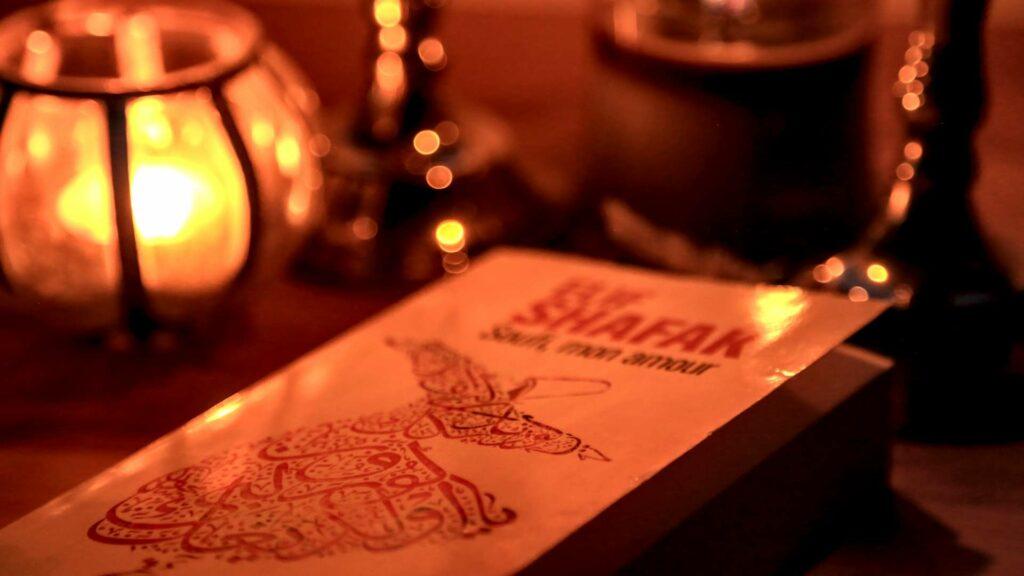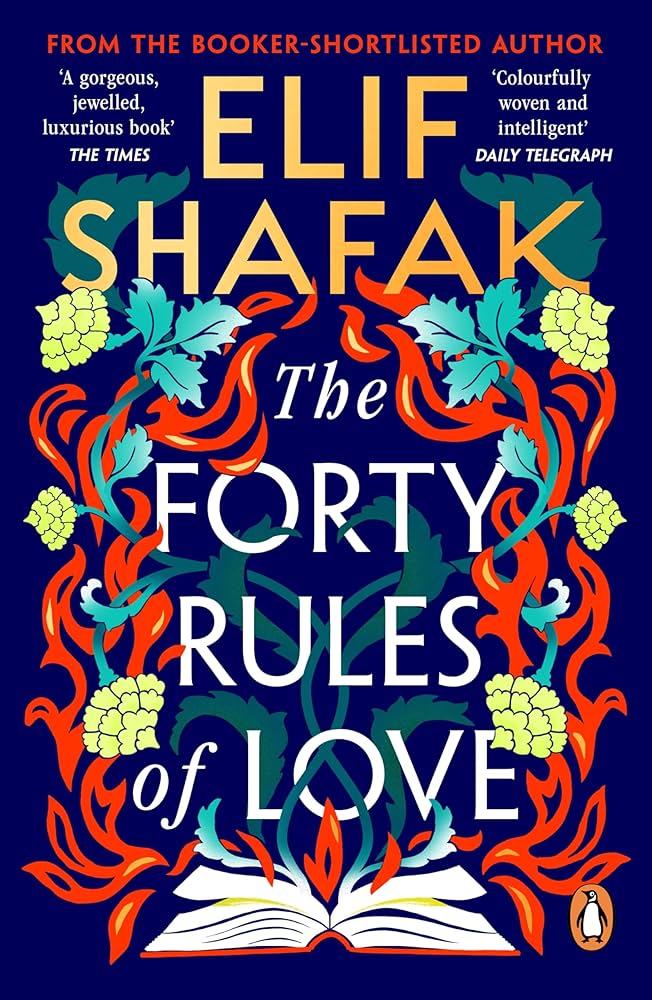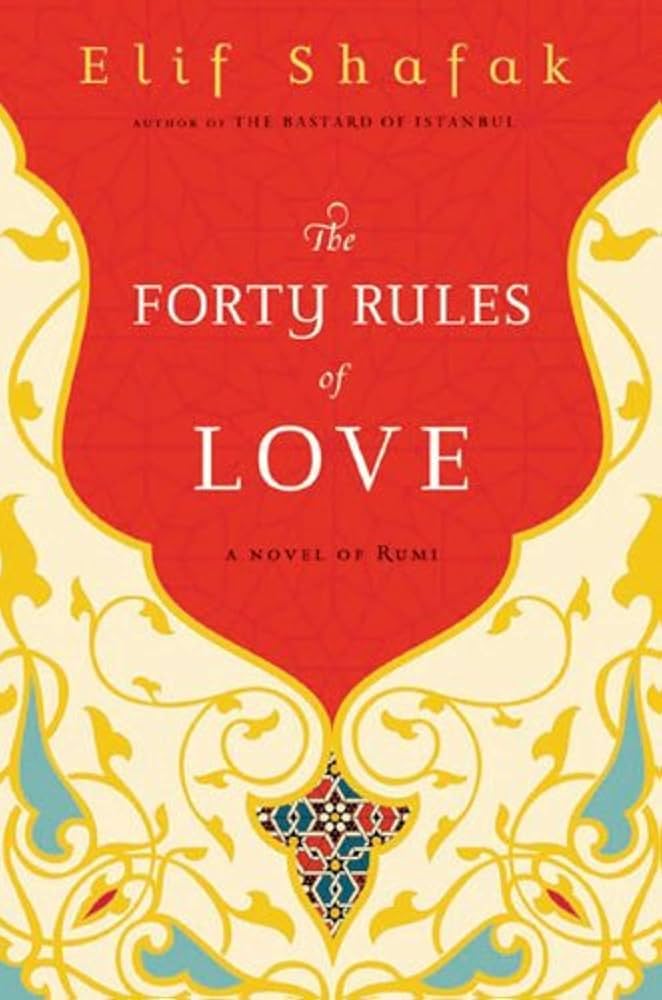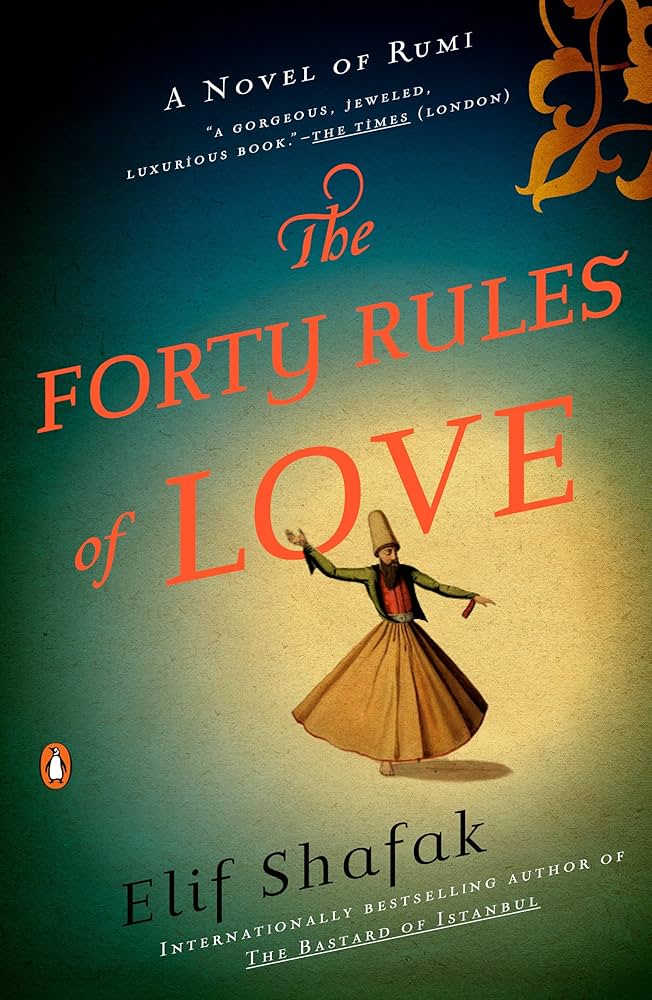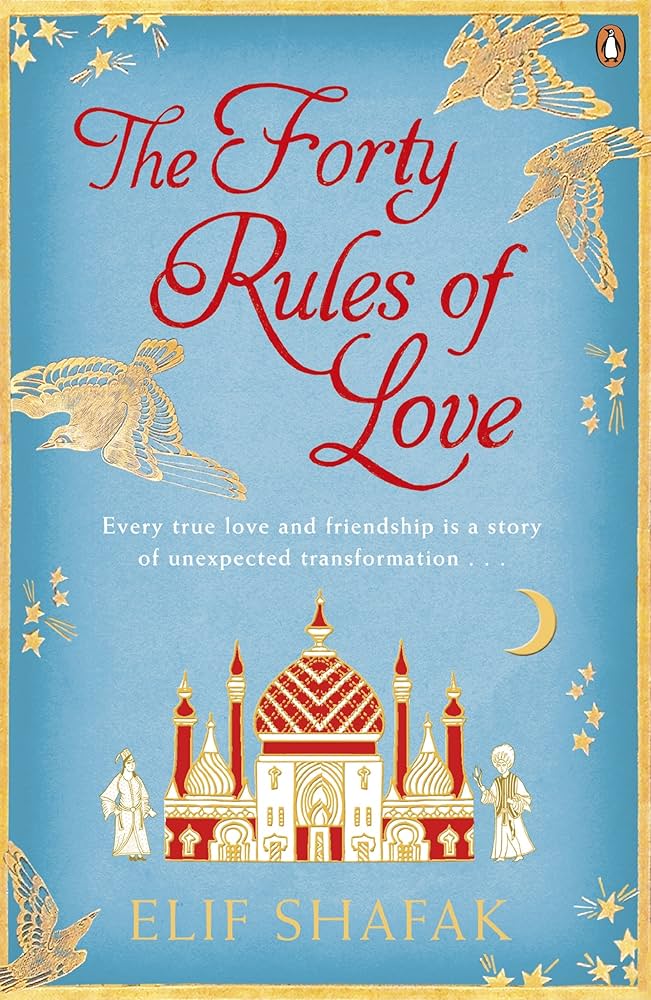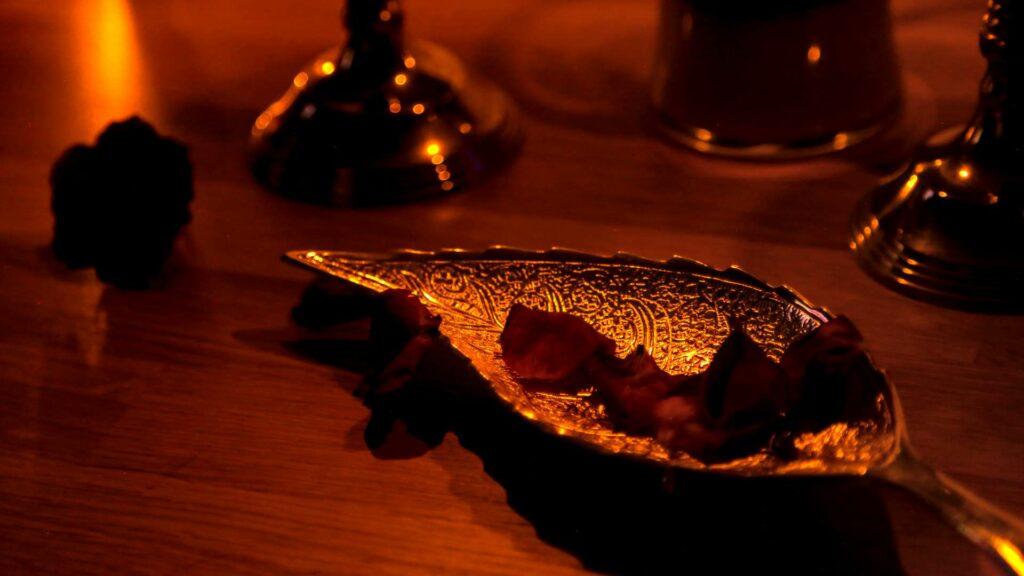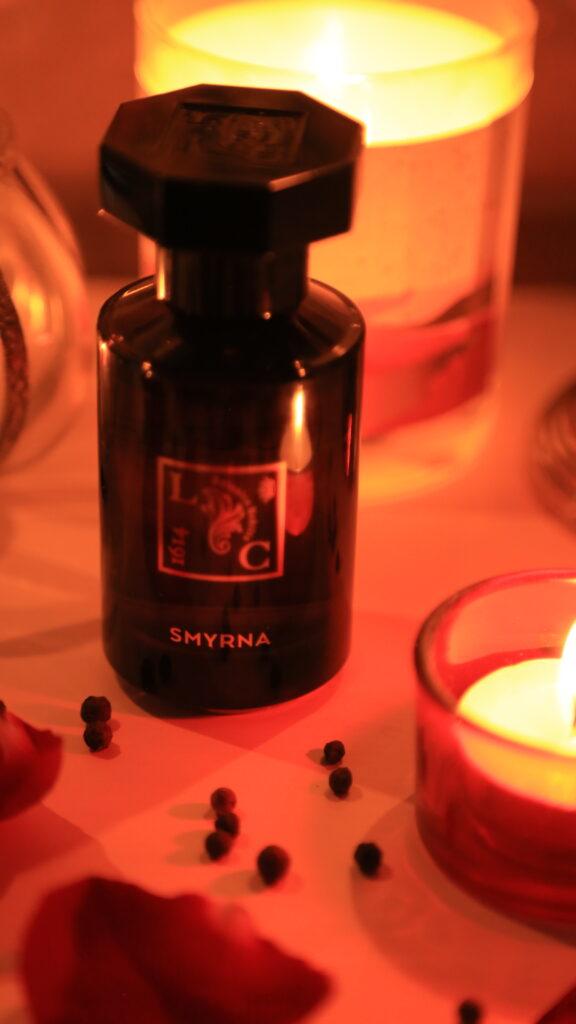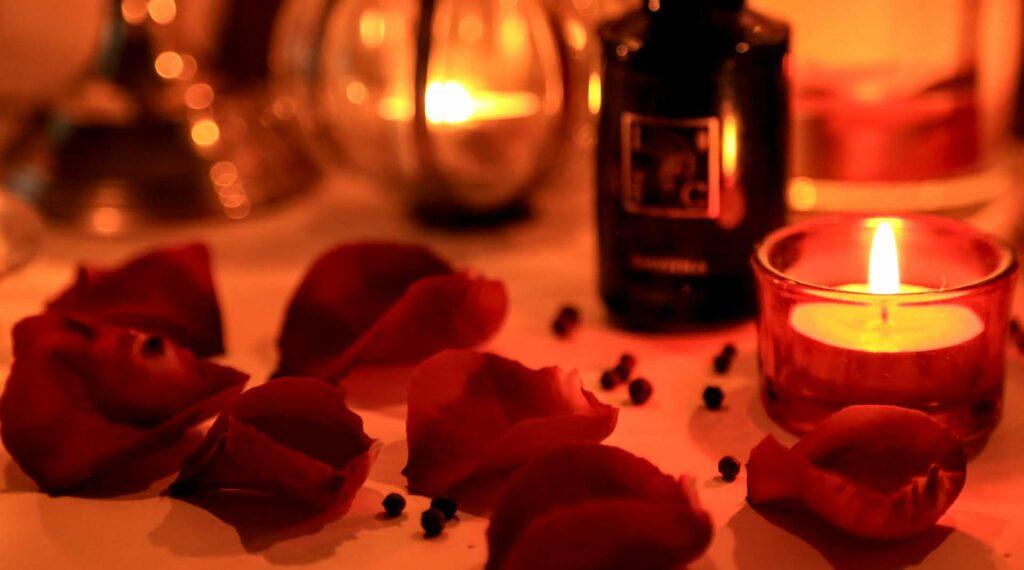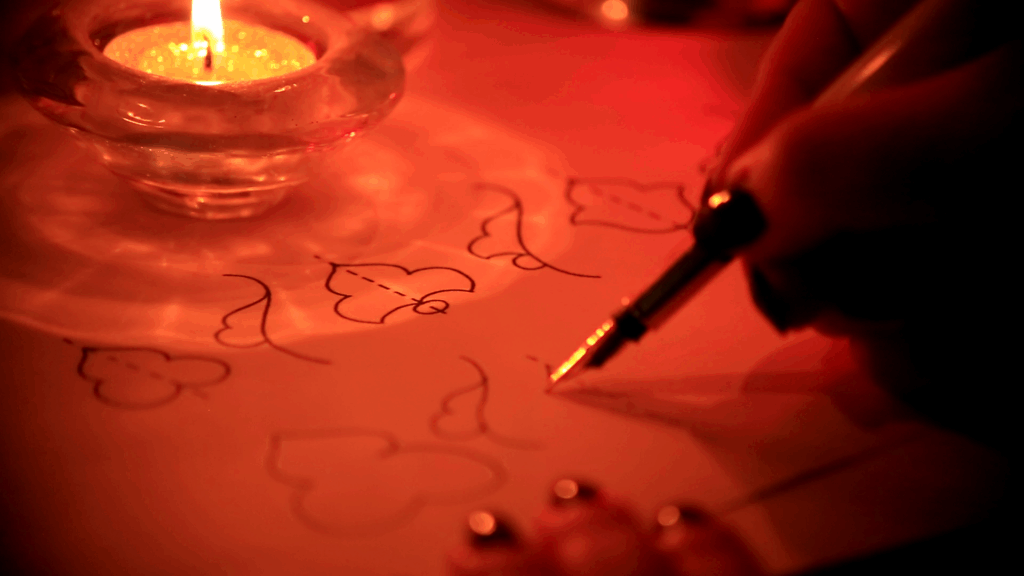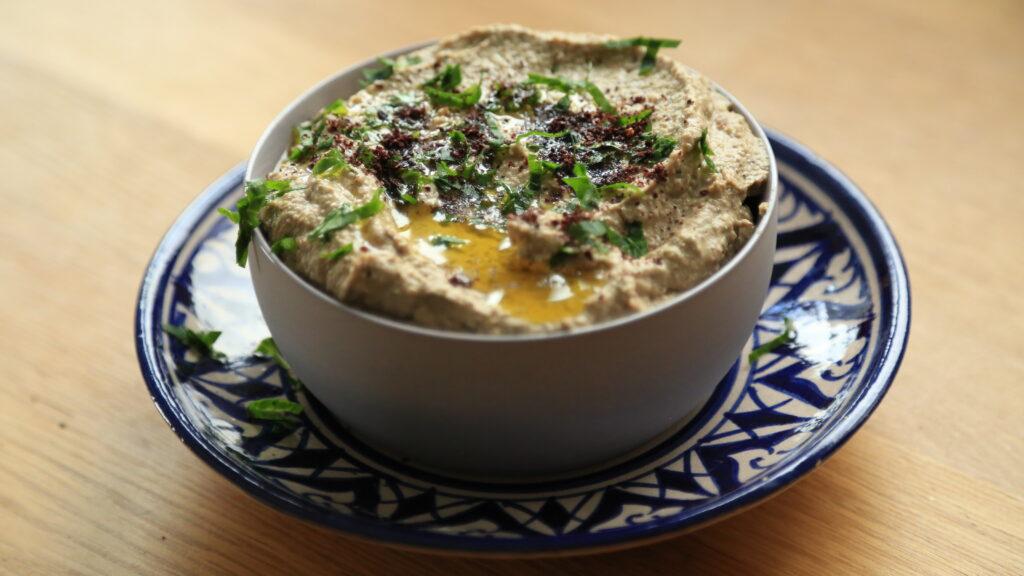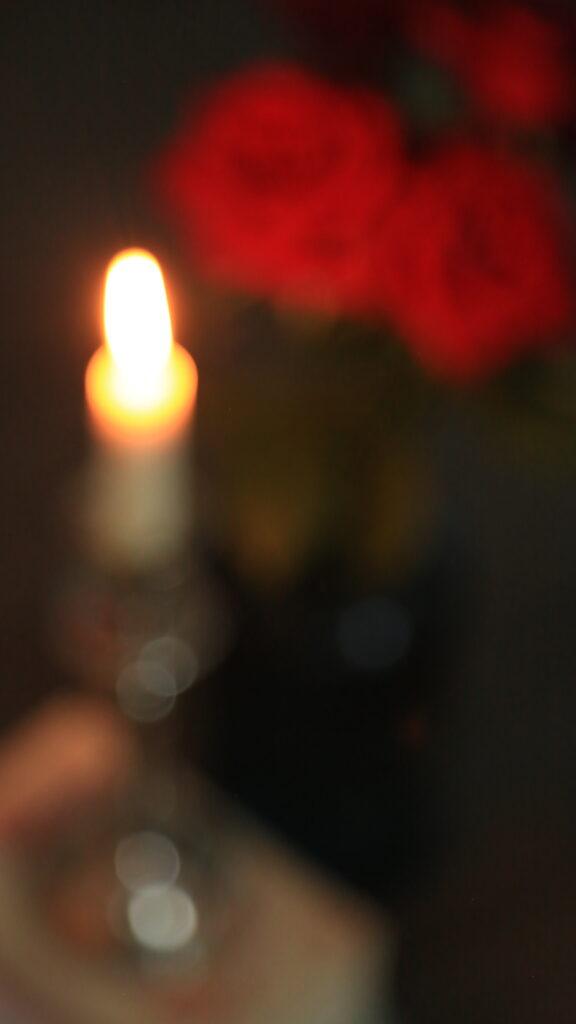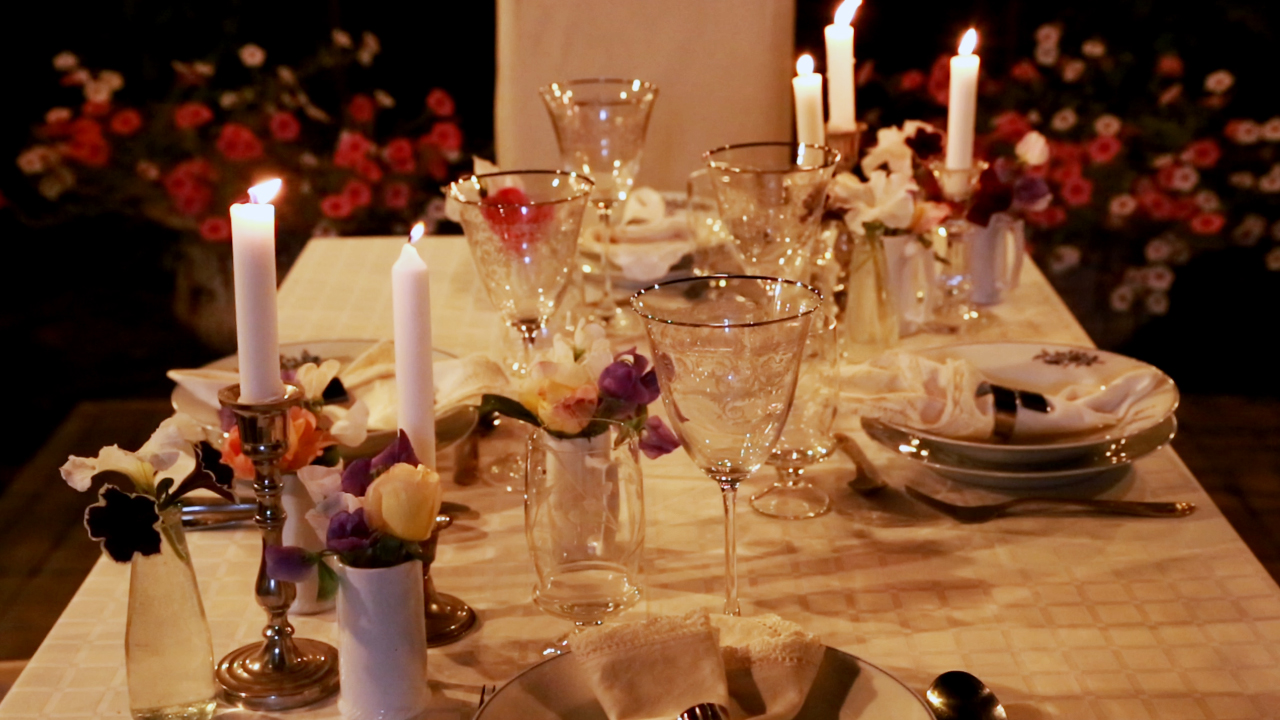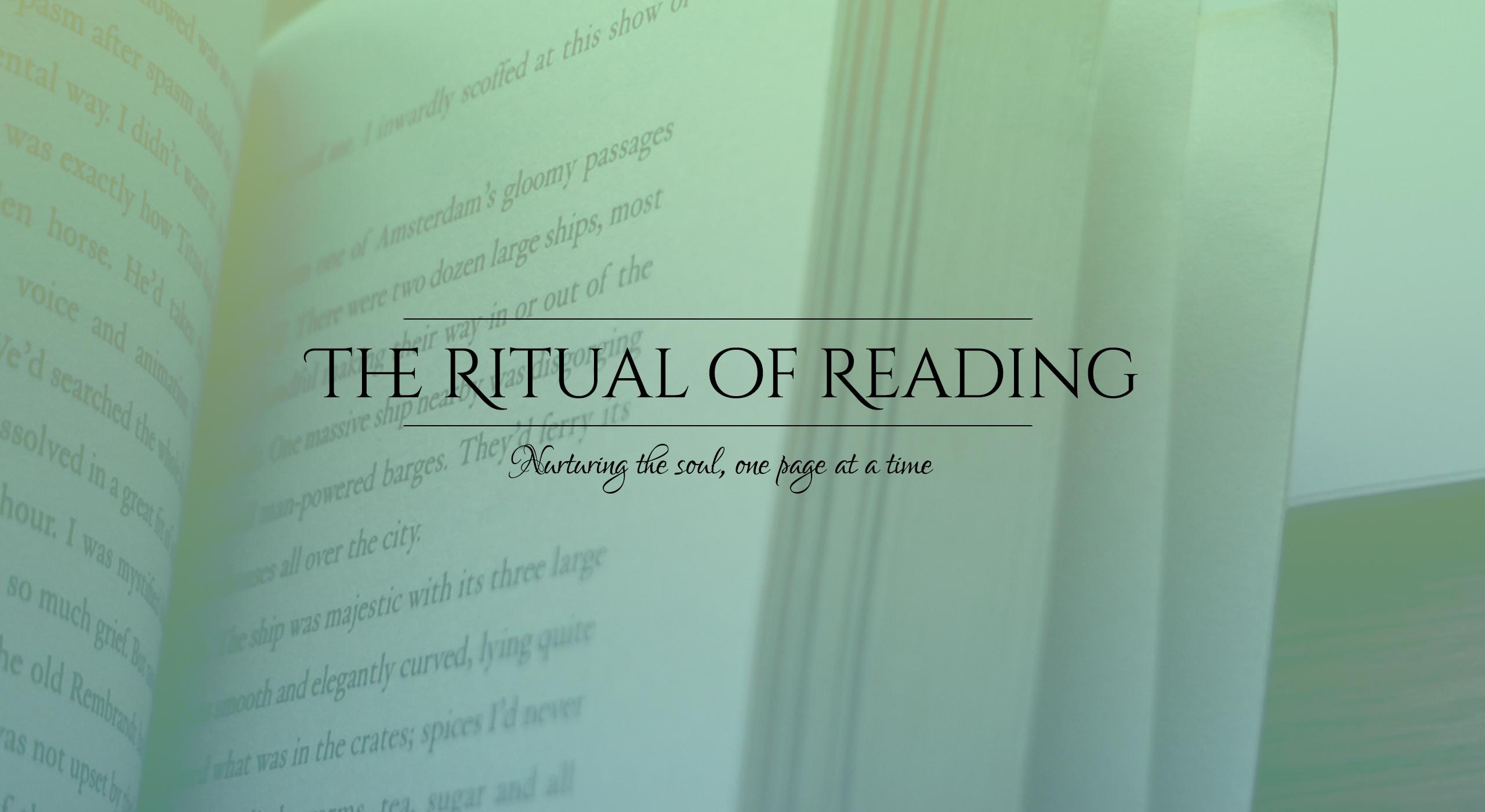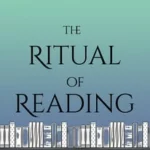If you want the moon, do not hide from the night.
If you want a rose, do not run from the thorns.
If you want love, do not run from yourself.
Rumi
There’s a specific kind of restlessness that settles in when you realize the life you’re living doesn’t quite fit anymore. Not dramatically—no sudden crisis or revelation—just a quiet sense that something essential is missing. You go through the motions: the grocery lists, the polite conversations, the routines that once brought comfort but now feel like a costume you’ve outgrown.
This is where Elif Shafak’s The Forty Rules of Love begins, and this is where it finds you.
Two Stories, Eight Centuries, One Truth
The novel moves between two worlds. In contemporary America, Ella Rubinstein is a literary agent, wife, and mother living a meticulously organized life that feels increasingly hollow. When she’s assigned to read a manuscript about the 13th-century poet Rumi, she expects a routine editing job. What she gets instead is an earthquake.
The manuscript tells the story of Shams of Tabriz, the wandering dervish who became Rumi’s spiritual companion and transformed him from a respected scholar into one of history’s greatest mystic poets. Their bond defied convention, sparked controversy, and ultimately cost Shams his life. But more than that, it redefined what love could mean—not romantic love, not even spiritual love in the way we’ve been taught to understand it, but something far more radical.
As Ella reads, the boundaries between past and present begin to blur. The questions Rumi grappled with in 13th-century Konya are the same ones she’s been avoiding in suburban Massachusetts: Is this all there is? Am I allowed to want more? What would it cost me to live authentically?
The Architecture of the Story
What makes Shafak’s novel so compelling is its structure. She doesn’t give us one narrator but many—shifting perspectives between Ella’s unfolding crisis, the manuscript’s historical narrative, and voices from Shams and Rumi’s world: a Jewish physician, a Christian prostitute, a skeptical disciple, even Rumi’s jealous son.
This kaleidoscope approach does something crucial: it refuses to let us settle into one comfortable viewpoint. Just as we align ourselves with one character’s understanding, Shafak pivots, showing us the same moment through different eyes. It’s disorienting at first, then revelatory. Because isn’t this how truth actually works? Not as a single, authoritative voice, but as a chorus of perspectives that, taken together, create something closer to wholeness.
The effect is that we’re not just reading about Sufism—we’re experiencing its central teaching. The idea that reality is far more expansive than our individual understanding, that wisdom comes from dissolving the boundaries between self and other, insider and outsider.
The Courage to Question Everything
One of the most powerful threads in the novel is Rumi’s transformation. Before meeting Shams, he was already accomplished—a respected Islamic scholar, a dutiful son, a beloved teacher. He had mastered the texts, followed the rules, built a life that looked perfect from the outside.
And yet.
Shams arrives and asks the question Rumi has been too afraid to voice: What if knowing about God isn’t the same as knowing God?
This distinction haunts me. How many of us have stood in churches, mosques, temples, therapy offices, or self-help sections of bookstores, desperately hoping someone will hand us the answers? How many times have we felt that hollow disappointment when the priest, the guru, the expert in front of us clearly doesn’t understand the specific, complicated tangle of doubts we carry?
Shafak’s genius is showing us that even those whose job it is to have answers are often just as lost. Rumi, this pillar of religious scholarship, needed Shams to crack open his certainty and show him that real faith begins where the rulebook ends.
There’s something deeply comforting in this. It suggests that our doubts, our refusal to accept easy answers, our sense that there must be more—these aren’t signs of spiritual failure. They’re invitations to go deeper.
Love as the Organizing Principle
The novel’s title refers to forty rules of love that Shams articulates throughout the story. They’re not sentimental or abstract. They’re provocative, sometimes uncomfortable, always precise. Like this one:
“Intellect and love are made of two different materials. Intellect ties people in knots and risks nothing, but love dissolves all tangles and risks everything. Intellect is always cautious and advises, ‘Beware too much ecstasy,’ whereas Love says, ‘Oh never mind. Take the plunge!'”
We live in a culture that has narrowed the definition of love almost to the point of suffocation. Love means romantic partnership. Love means family bonds. Love is conditional, transactional, something you earn or lose based on behavior.
But what if love is actually the fundamental force that connects everything? Not as metaphor or poetic flourish, but as the underlying truth of existence?
This is what Sufism teaches, and what both Ella and Rumi discover through their parallel journeys. Love isn’t just an emotion we feel toward select people. It’s the recognition of the divine spark in everything—in strangers, in enemies, in the mundane and the sacred, in beauty and in suffering.
When we understand this, the implications are staggering. It means we can’t divide the world into “us” and “them.” It means we have to take responsibility for our connection to everything. It means the café server and the corporate executive and the homeless person and the celebrity all carry the same essential light.
It’s exhausting and exhilarating in equal measure.
Shams: The Character Who Won’t Let You Look Away
If I had to choose one character who embodies the soul of this novel, it’s Shams. Not Rumi, who gets the transformation arc. Not Ella, who mirrors our own awakening. But Shams—the wandering mystic who refuses to perform spirituality in acceptable ways.
From childhood, Shams could see what others couldn’t. He experienced God directly, viscerally, without the mediation of doctrine or hierarchy. And rather than make this a source of pride or power, he accepted it as his nature and moved through the world with radical honesty.
There’s a moment early in the novel where he reflects: “When I was a child, I saw God, I saw angels; I watched the mysteries of higher and lower worlds. I thought all men saw the same. At last I realized that they did not see.”
This is the loneliness of the mystic, the artist, the sensitive soul—the realization that your inner experience doesn’t match the collective understanding of reality. And here’s what Shams offers us: instead of contorting himself to fit in, instead of going to war with a world that doesn’t understand him, he practices submission.
Not weakness. Not passivity. But “peaceful acceptance of the terms of the universe, including the things we are currently unable to change or comprehend.”
This distinction matters. Submission isn’t giving up. It’s releasing the exhausting need to control everything, to make the world conform to our expectations. It’s trusting that there’s an intelligence at work larger than our understanding.
For those of us who have spent our lives feeling like we don’t quite belong, this is permission to stop fighting ourselves.
The Rituals That Anchor the Reading
When I read The Forty Rules of Love, I can’t help but create small ceremonies around it. This novel demands it—the sensory richness, the spiritual depth, the way it conjures entire worlds.
I perfume my bookmark with Smyrna by Couvent des Minimes, a fragrance that opens with bergamot and unfolds into Turkish rose and black pepper. It smells like the crossroads between Elif Shafak’s Turkish heritage and the spice markets of ancient Persia. Every time I open the book, that scent pulls me immediately into the novel’s world.
Between reading sessions, I find myself drawn to images of Rumi arabesques—those intricate Islamic patterns that the Seljuks developed from Central Asian cave paintings. The biomorphic forms, the way each element fits perfectly into the next like a sacred puzzle, mirrors the novel’s structure. Everything connected, nothing wasted, beauty in the precision.
And when hunger strikes—because contemplating the divine always seems to make me ravenous—I make a Middle Eastern eggplant dip, something earthy and grounding, and eat it slowly with warm bread while watching the light change outside my window.
These small acts transform reading from passive consumption into embodied experience. They remind me that books aren’t just intellectual exercises. They’re invitations to live differently, even if just for the span of a few hundred pages.
The Symbol at the Heart of Everything
If there’s one image that captures the essence of Sufism—and by extension, this novel—it’s the nightingale and the rose.
In Sufi poetry, the nightingale represents the soul, singing endlessly for the rose, which represents divine beauty and eternal love. The nightingale suffers the thorns, accepts the pain, and continues singing not in hope of requital but because the longing itself is sacred.
Rumi writes: “What is the scent of the Rose? The breath of reason and intelligence, a sweet guide on the way to the eternal kingdom.”
The nightingale doesn’t sing because it will get something in return. It sings because longing is the most creative state the soul can reach. The yearning itself is the point—that gap between what we have and what we seek, the space where transformation happens.
This reframes everything. We spend so much energy trying to close that gap, to achieve satisfaction, to arrive at some final destination where we can rest. But what if the longing is the gift? What if that restless sense that there must be more isn’t a problem to solve but the very thing keeping us alive and awake?
The nightingale’s song becomes a reminder: keep searching, keep questioning, keep your heart open even when it hurts. This is what it means to be fully human.
Why This Novel Still Matters
The Forty Rules of Love came out in 2010, but its questions feel more urgent now than ever. In a world that seems determined to divide us—by religion, politics, nationality, ideology—Shafak offers a different vision. One where our connection to each other is the fundamental truth, and everything else is just noise.
This isn’t naive optimism. Shafak doesn’t shy away from showing us the cost of this kind of love. Shams dies for it. Rumi loses his reputation for it. Ella risks her entire life for it. But they all choose it anyway, because the alternative—living a small, safe, disconnected life—is a different kind of death.
If you’ve ever felt like the spiritual teachings you were given don’t quite fit. If you’ve struggled with the concept of God or wondered whether traditional religion has room for your doubts. If you’re in that restless space where your current life no longer fits but the next one hasn’t revealed itself yet.
This is your book.
It won’t give you easy answers. Shafak is too honest for that. But it will sit with you in the questions, and it will remind you that seeking is sacred, that doubt can be devotional, and that the longing for something more is not a flaw in your character but evidence of your soul’s aliveness.
I’d love to hear your own experience with this novel—or with Elif Shafak’s other work. Have you felt that same tension between the life you’re living and the life you suspect you’re meant for? What keeps your nightingale singing? Share your thoughts in the comments below, and if this piece resonated with you, consider subscribing to the newsletter. Every week, I send out reflections on books, rituals, and the art of living with intention—a small reminder that reading isn’t just about turning pages, but about becoming more fully yourself.
🇺🇸 World of Books | 🇬🇧 World of Books | 🇫🇷 Momox Shop
A short note on how and why I share book links
Written by Alexandra Poppy
Writer, reader & curator of The Ritual of Reading
I’m Alexandra, the voice behind The Ritual of Reading. Somewhere between a stack of novels and a half-finished pot of tea, I keep finding traces of the life I want to live—slower, richer, filled with stories. The Ritual of Reading is where I gather what I love: books that linger, places with a past, and rituals that make ordinary days feel a little more meaningful. I write from Paris, where elegant bookshops and old-fashioned cafés offer endless inspiration—and I share it here, hoping it brings a spark to your own days, too.

